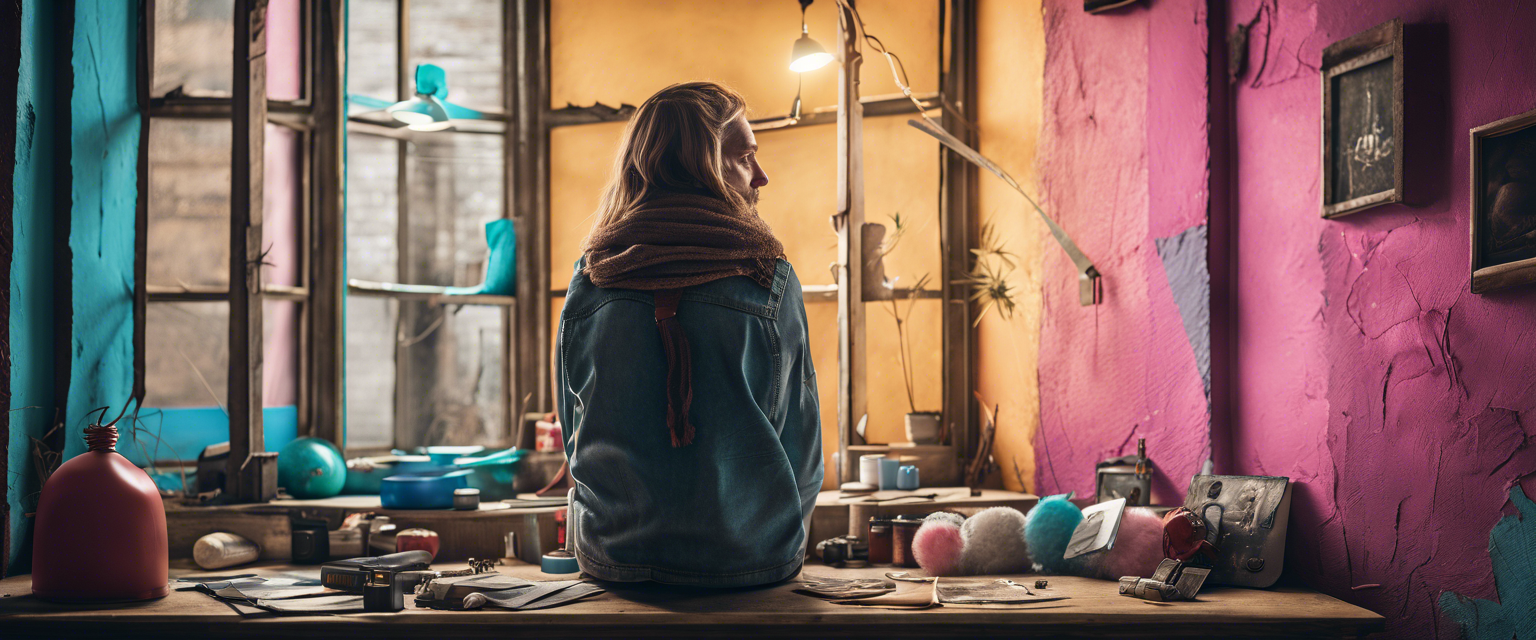Introduction to ChatGPT Plugins and Stable Diffusion
ChatGPT Plugins are powerful tools designed to connect ChatGPT to external applications, enhancing its capabilities significantly. By leveraging specific APIs developed by third-party developers, these plugins enable ChatGPT to perform a variety of tasks. Whether it's fetching real-time information like sports scores and stock prices, assisting with travel bookings, or providing customer support, the possibilities are near-endless.
One notable example is Stable Diffusion, a sophisticated generative model capable of crafting high-resolution images through a single forward pass. Drawing inspiration from Diffusion Models and StyleGAN2 architectures, it allows for impressive levels of creativity and realism in image generation.
What This Tutorial Covers
In this step-by-step guide, we will delve into the simple and straightforward process of developing a ChatGPT Plugin specifically for image generation using Stable Diffusion. Additionally, we'll integrate your plugin with ChatGPT and conduct some testing. So, let’s dive in!
Prerequisites
- Download and install Visual Studio Code or any preferred code editor such as IntelliJ IDEA or PyCharm.
- Join the ChatGPT Plugins waitlist for access to API functionalities.
- Obtain your API Key from Dream Studio by creating an account.
Getting Started
Step 1 - Create a New Project
To kick off, open Visual Studio Code and create a new folder for our project called chatgpt-plugin-stable-diffusion by using the terminal:
mkdir chatgpt-plugin-stable-diffusionQuick Note:
For the plugin to function correctly, it's imperative to complete the following steps:
- Build an API (Flask, FastAPI, etc.) that implements the OpenAPI specification.
- Create a JSON manifest file defining the relevant metadata for the plugin.
- Document the API using OpenAPI YAML or JSON format.
Step 2 - API Implementation
We’ll start by implementing the API using Flask—a lightweight WSGI web application framework ideal for quick setups.
Create a new file called app.py in your project folder:
touch app.pyNext, install the necessary dependencies:
pip install Flask requestsThen, we can commence the API implementation by importing the essential dependencies:
from flask import Flask, jsonify, requestSet Up Flask App and Client
Next, initialize the Flask app and configure the Stable Diffusion API client:
app = Flask(__name__)Define the API Endpoint
Let’s also define an endpoint for generating images:
@app.route('/generate-image', methods=['POST'])
def generate_image():
# Code to generate image will go here
Finally, run the Flask app locally:
if __name__ == '__main__':
app.run(debug=True, host='127.0.0.1', port=5000)Step 3 - Plugin Manifest
Every plugin requires an ai-plugin.json file to be hosted on the API's domain. Create this file and insert the relevant metadata.
Step 4 - OpenAPI Specification
Next, construct the OpenAPI specification by creating a openapi.yaml file that outlines the API structure.
Add the required endpoints for the plugin’s logo, manifest, and OpenAPI specification in app.py to ensure proper integration.
Integrating with ChatGPT
With the setup complete, navigate to ChatGPT. Go to the plugin store, select develop your own plugin, and enter the base link to your app, which would be https://127.0.0.1:5000 in this case. Proceed through the installation steps, and voila! Your plugin should be ready to use.
Conclusion
In this tutorial, we explored the meticulous process of building a ChatGPT Plugin for image generation utilizing Stable Diffusion. By unleashing the potential of Stable Diffusion, we can significantly enrich the capabilities of ChatGPT through realistic and diverse image generation from textual prompts.
Plugins are indeed pivotal in extending ChatGPT's functionalities, allowing seamless interaction with external applications and APIs. Thank you for learning with us; we hope this guide was beneficial to your development journey!



Оставить комментарий
Все комментарии перед публикацией проверяются.
Этот веб-сайт защищается hCaptcha. Применяются Политика конфиденциальности и Условия использования hCaptcha.